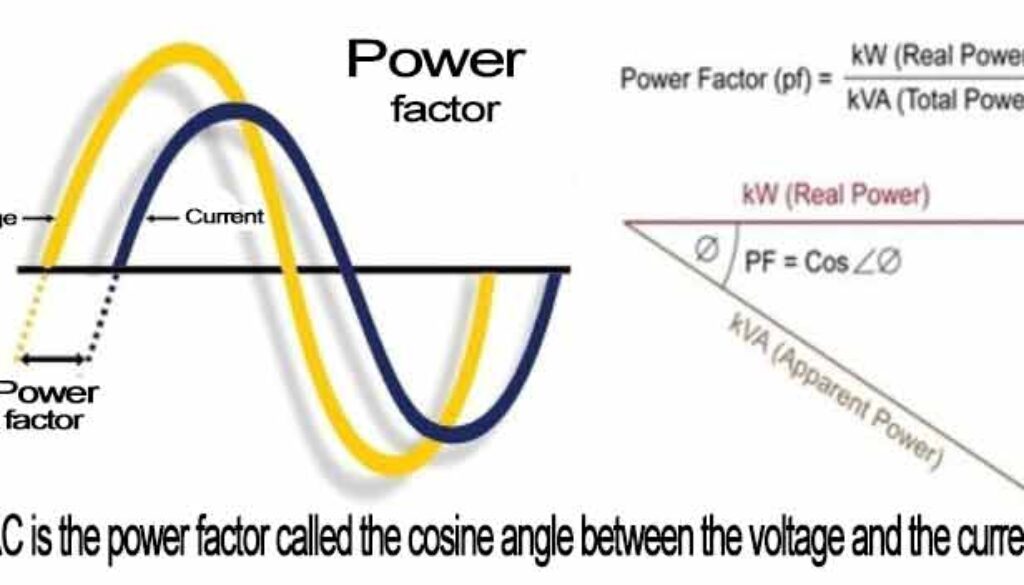What is the Disadvantage of the Low Power Factor?

APFC or Alternating Current Capacity is a constant electricity source with a high-efficiency rating. It is known that this type of system has a very low cost per kilowatt-hour of capacity. This low cost per unit of capacity is in part due to its use of a form of magnetic energy which is a magnetically induced current. However, there are several disadvantages of APFC compared to other systems.

What is the disadvantage of the low power factor? The major disadvantage of using Alternating Current is that it causes a lower efficiency rating compared to other electrical power systems. The reason for this is because the induction currents used for the operation of this type of power system require a considerable current. The current required also depends on the frequency level of operation which generally is quite high.
In order to compensate for the low power factors caused by the induction operation, a higher voltage is required. This higher voltage makes it possible for the high inductive load condition that occurs when a high alternating current is needed. Due to the alternating current, the current is continuously switched between high and low levels. Thus, the alternating current causes a current imbalance and the entire operation are hindered.
The second major disadvantage of using Alternating Current is the fact that it has a slow speed decay. Due to the slow speed decay, the voltage is not able to rise above zero for a longer time period. Thus, even if the voltage is increased, the peak power is still quite low. In addition to this, the efficiency of an AC electrical power system also suffers due to this problem.
Another major disadvantage of AC is that it generates a lot of heat. To maintain a stable charge, the temperature of the metallic coil needs to be heated. A magnetic induction device is one of the ways used to maintain a constant metallic temperature. The heat generated by the conductors of the AC motor is used to drive a permanent magnet in the middle of the coil. This makes a very strong magnetic field with high output power.
The third major disadvantage of using a low power factor electrical motor is the amount of maintenance required. With continuous usage of the device, there are chances of the induction motor losing its magnetic field strength. This weakens the performance considerably. It is important to check regularly the power feed and the strength of the magnetic fields around the motor. This will ensure that you do not have to incur expensive maintenance costs in the future.
If you want to use an AC electric motor to power your device, then you need to select a device with a high reactivity rating. It is important to note that a low power factor device does not necessarily provide a better performance than a high reactivity device in all conditions. This is because of the difference in the output power arising from the various conditions. Low power factors provide a stable output level but a high reactivity device may give out faster changes in the load condition than the former.
There are several other factors like the input voltage, leakage current, input current, apparent voltage, and frequency, which play a major role in determining the output power of an AC electric motor. You can get details about these factors from the websites of the leading service providers. When you visit these websites, you will be able to find information about real power, apparent power, voltage swing, and frequency efficiency.
The term ‘real power’ refers to the actual voltage produced during a typical cycle of an AC electric motor. ‘Real power’ is also referred to as ‘Voltage Swing’ in AC motors. ‘Real power’ is almost always higher than ‘apparent power’. Due to the constant switching on and off of the AC engine, it is impossible to predict the behavior of the AC motor. However, you should opt for a high apparent voltage for the best possible performance.
Some common problems associated with AC motors are poor load performance, poor voltage, poor temperature, and poor thermal conductivity. Some of the most important characteristics of AC motors are their high speed, high power density, and long life. Some of the other important characteristics of an induction motor include their excellent safety, low speed, excellent energy efficiency, and excellent durability. Based on these features, AC induction motors have become the best choice for many small businesses.
Low voltage is the main disadvantage that is associated with AC induction motors. This happens because of the capacitor. Capacitor is the device that charges and reduces the flow of current when the AC motor needs to switch on or off. If the capacitor does not charge and reduce the flow of current, the motor will not be able to operate continuously.
